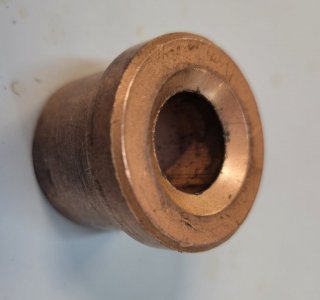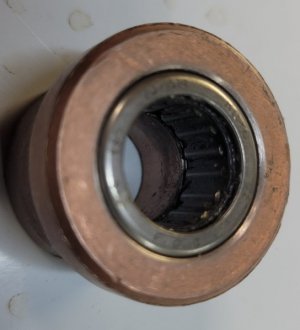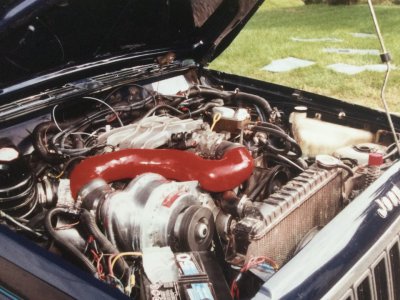I'll write this up as sort of a puzzle, see if anyone has the answer.
Background: I had a 1967 Opel Kadett, with a 1.1L engine, dual carb "Rallye" model.
I had made a minor, temporary repair for what I thought was a minor, cosmetic issue.
Within a week, I found that I was having to add a quart of motor oil every few days, yet my exhaust was not smoking or oily. And the driver's side of the engine block was covered with oil, but it was not coming from the valve cover, nor from the front seals.
Q1: where was the oil coming from?
Q2: what had I done to cause the problem
Q3: why did it take two of us to find the problem?
I'll follow up on this in a day or two...
Greg
Background: I had a 1967 Opel Kadett, with a 1.1L engine, dual carb "Rallye" model.
I had made a minor, temporary repair for what I thought was a minor, cosmetic issue.
Within a week, I found that I was having to add a quart of motor oil every few days, yet my exhaust was not smoking or oily. And the driver's side of the engine block was covered with oil, but it was not coming from the valve cover, nor from the front seals.
Q1: where was the oil coming from?
Q2: what had I done to cause the problem
Q3: why did it take two of us to find the problem?
I'll follow up on this in a day or two...
Greg




